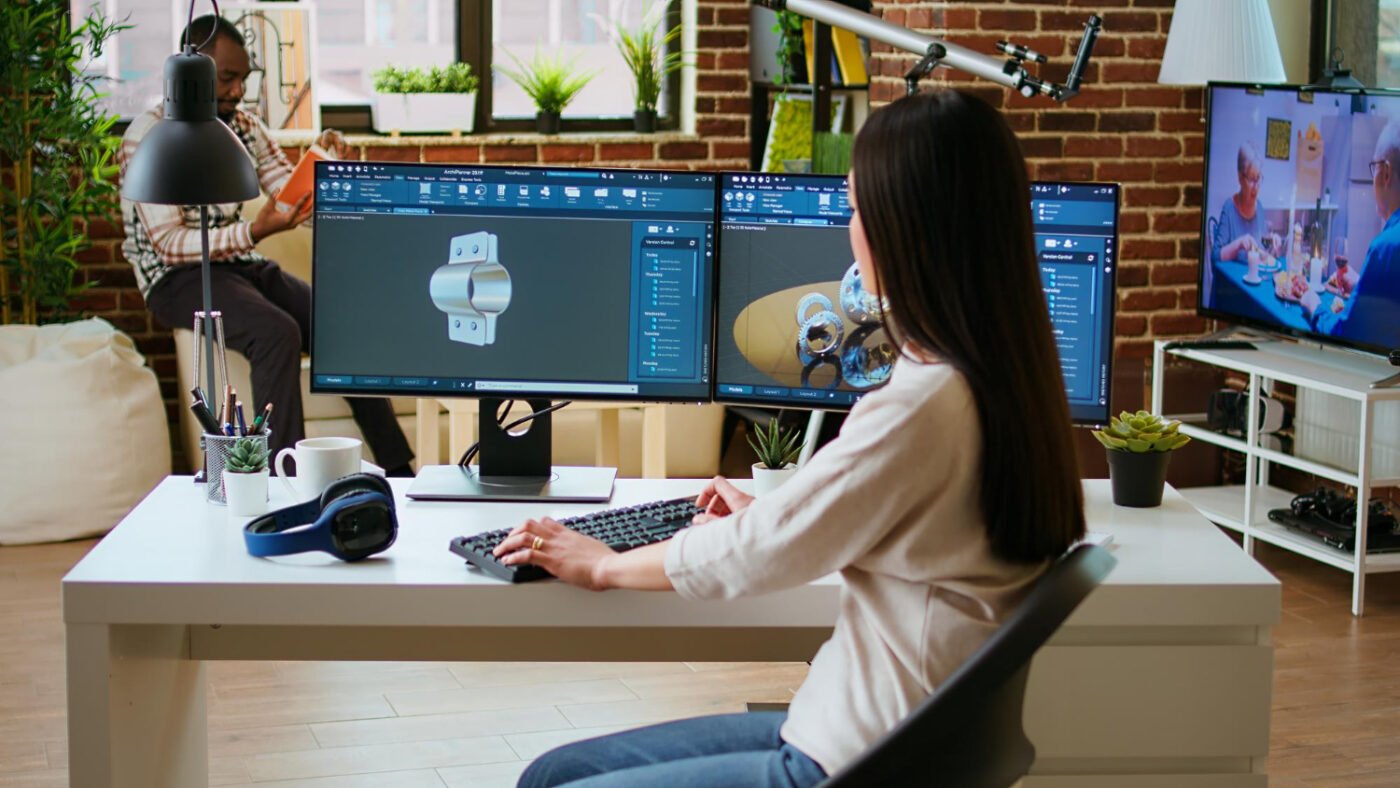How can AI help designers is a question many creatives ask today. AI reshapes design by streamlining tasks, guiding decisions, and opening new opportunities. From automation to collaboration, it enhances efficiency and imagination, making it a partner for graphic designers, UI/UX creators, and content creators.
Key Takeaways:
- AI automates repetitive tasks, giving designers more time to innovate.
- Generative and personalized outputs expand creative exploration.
- Data-driven insights improve engagement and measurable results.
- Accessibility and collaboration tools make design inclusive and efficient.
The Expanding Role of AI in Creative Work
AI adoption in creative industries has surged in recent years, with 83% of creative professionals now using it in their workflows. From major tech companies to small design studios, teams are embracing AI to improve output, cut costs, and stay competitive.
When asking how can AI help designers, the answer lies in its role as a co-creator rather than a replacement. Designers still lead the vision, but AI accelerates execution, introduces fresh ideas, and reduces repetitive tasks. This boosts productivity and sparks creativity by giving designers more time to explore innovative directions.
By integrating AI, designers can scale ideas without sacrificing quality, combining efficiency with imagination in ways that push creative boundaries further than before.
How AI Supports Designers: 7 Creative Advantages
It’s worth highlighting the key benefits of AI in graphic design you should know. From streamlining repetitive tasks to generating fresh creative ideas, AI tools help designers work smarter, faster, and with greater precision. These advantages not only save time but also open new opportunities for experimentation and innovation in every project.
1. Automating Repetitive Tasks

Automating repetitive tasks with AI | Source: Dumpling AI
Designers spend countless hours on background removal, resizing, and format adjustments. These tasks are essential but often repetitive. AI tools automate them with precision, saving time and effort. By handling the technical details, AI allows professionals to focus on strategy and storytelling.
This is a clear example of how can AI help designers by freeing creative energy. Teams can manage larger workloads while maintaining quality, ensuring deadlines are met without sacrificing originality.
Also Read : Cloud Storage for Designers: Benefits and Top Recommendations
2. Generative Design Exploration
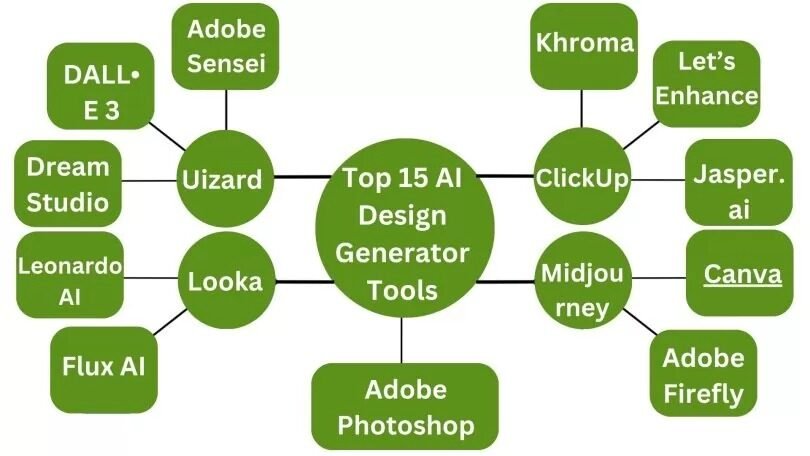
AI Design Generator Tools | Source: Techprofree
Generative AI tools provide multiple design variations instantly. They create layouts, color palettes, and three-dimensional concepts based on prompts. By surfacing ideas in seconds, these tools accelerate the brainstorming stage. This process gives designers a range of starting points, reducing creative blocks and encouraging faster iteration
When asked how AI is helping designers, one answer is through exploration. Professionals refine AI outputs to align with brand identity, ensuring originality while benefiting from accelerated ideation.
3. Personalization at Scale
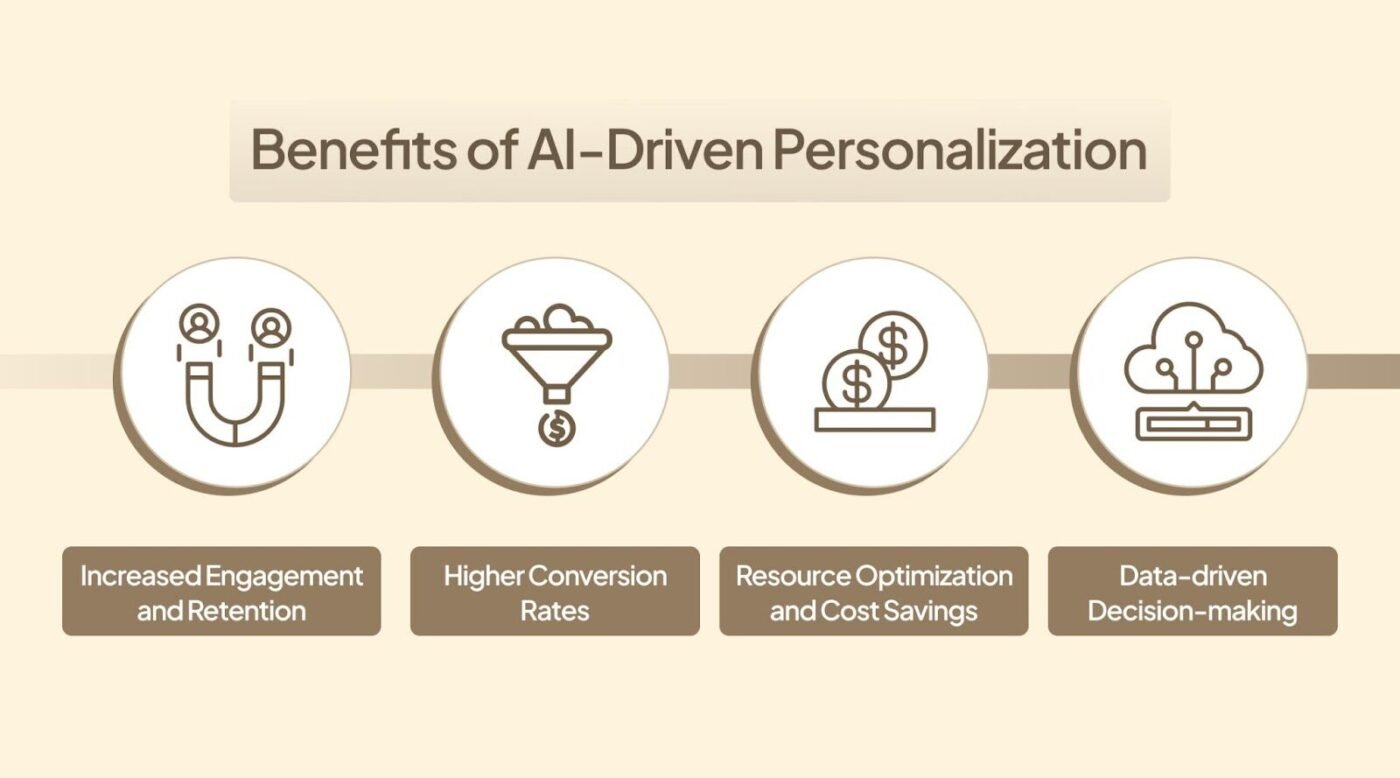
Benefits of AI-Driven Personalization | Source: Relevic AI
Personalized visuals are now important for digital marketing. AI enables designers to deliver customized ads, websites, and tailored graphics. These capabilities are essential in today’s digital landscape, where audiences expect personalized experiences that reflect their unique context.
This shows how can AI help graphic designers meet demands for personalization without burnout. Designers maintain consistency while reaching diverse markets efficiently.
Also Read : The Impact of Technology on Graphic Design: A Look at the Future
4. Data-Driven Insights
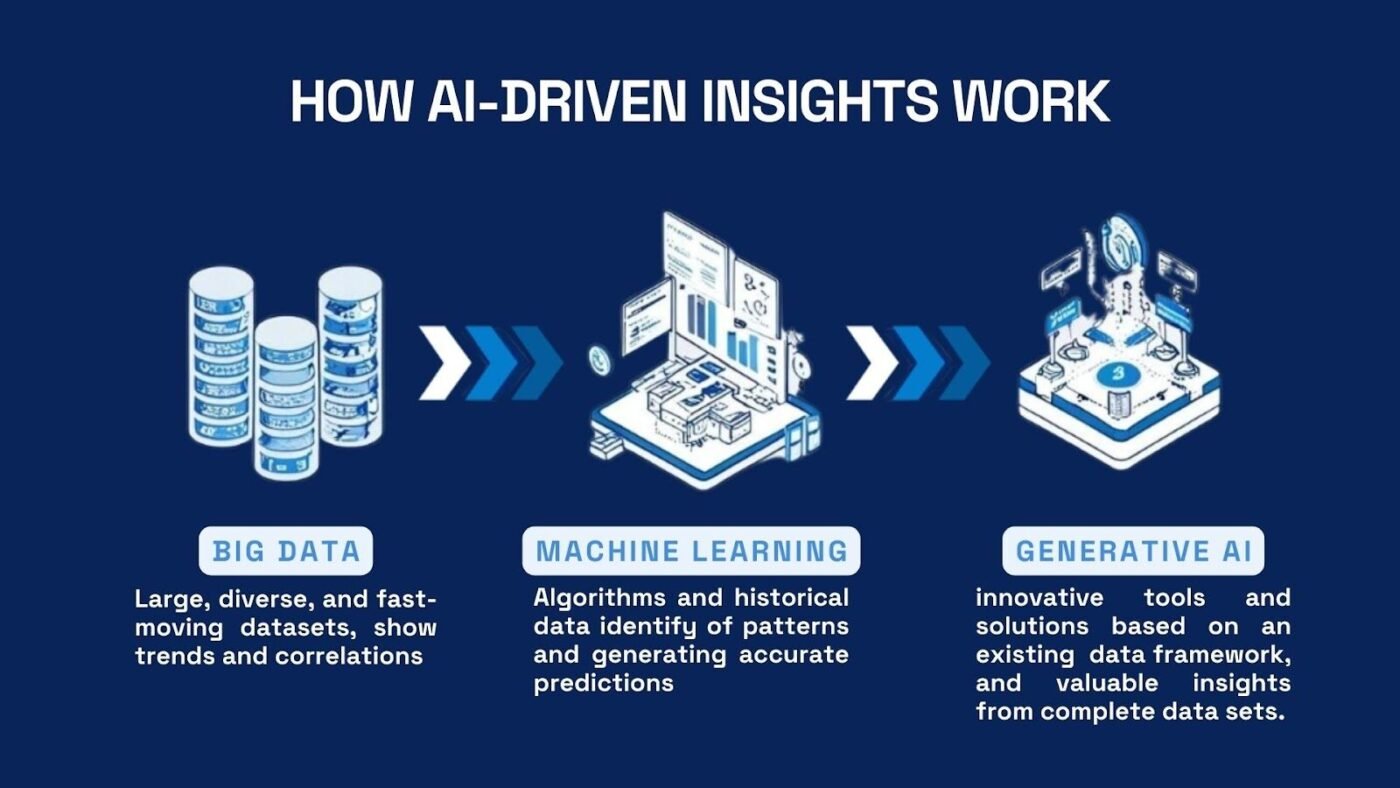
AI-Driven Insights Work | Source: Lumi AI
Design choices are stronger when backed by data. AI analyzes user interactions to highlight what visuals perform best. From engagement rates to color preferences, these insights guide better creative decisions.
According to McKinsey & Company, organizations using AI in creative workflows often see productivity rise by double digits. This highlights how can AI help designers move beyond imagination to measurable results.
5. Faster Prototyping

AI Prototype Generators Examples | Source: Visily AI
Speed is crucial in product design. AI tools generate wireframes and prototypes within minutes, allowing teams to test and refine quickly. Early feedback can be gathered at a lower cost, and iterations that once took days now require only hours. This efficiency allows more time for polishing details and aligning with user expectations.
For agencies and startups, this illustrates how can AI help designers stay competitive. Faster prototyping shortens development cycles while keeping creativity intact.
Also Read : How to Test the Usability of a Website Effectively
6. Enhancing Accessibility
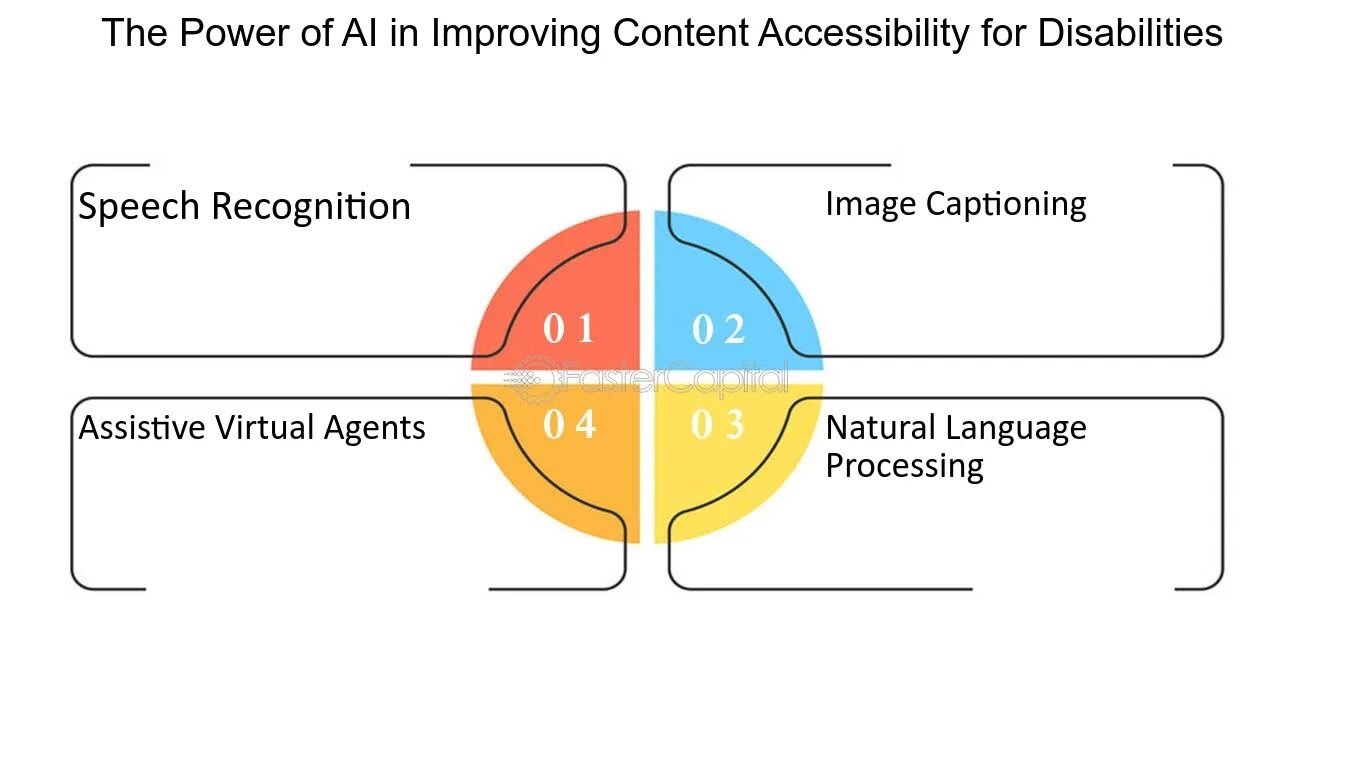
Enhancing Accessibility using AI | Source: Faster Capital
Building inclusivity into design ensures that every user can engage with digital products effectively. AI supports accessibility by automatically generating alt text, detecting contrast issues, and suggesting design adjustments. This not only helps with compliance but also elevates the overall user experience.
From this perspective, how can AI help designers is also about promoting equity. By making accessibility easier to implement, AI enables designers to reach broader audiences and strengthen brand trust among diverse user groups.
7. Real-Time Collaboration

Key Benefits of AI and Human Collaboration , Source: Educba
Global teams need tools that support collaboration across time zones. AI-driven platforms enable real-time feedback, automated task management, and intelligent file organization. Workflows become smoother and more efficient.
Also Read : How to Improve Your Drawing Skills with Significant Results
AI as a Creative Partner
The ongoing discussion around how can AI help designers highlights more than automation. It shows how AI fuels creativity, accelerates decisions, and strengthens collaboration. Designers benefit from inspiration, efficiency, and inclusivity without losing their unique vision.A strong visual identity builds trust, and typography remains at the heart of that identity. When paired with AI-powered workflows, the right typeface makes designs more impactful. Explore modern font collections to achieve clarity and consistency, and discover curated options at Letterara Studio that bring charm to your work.

